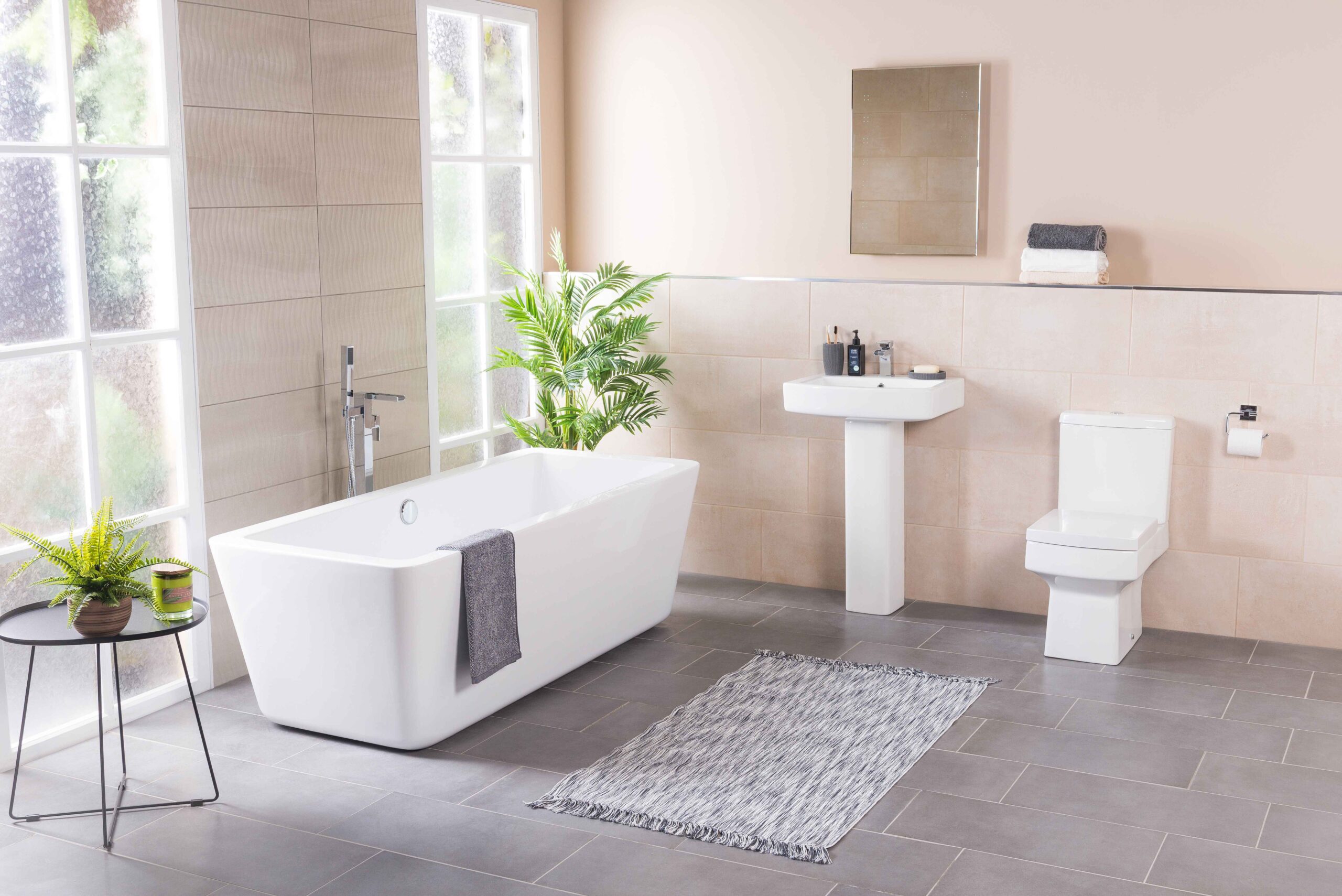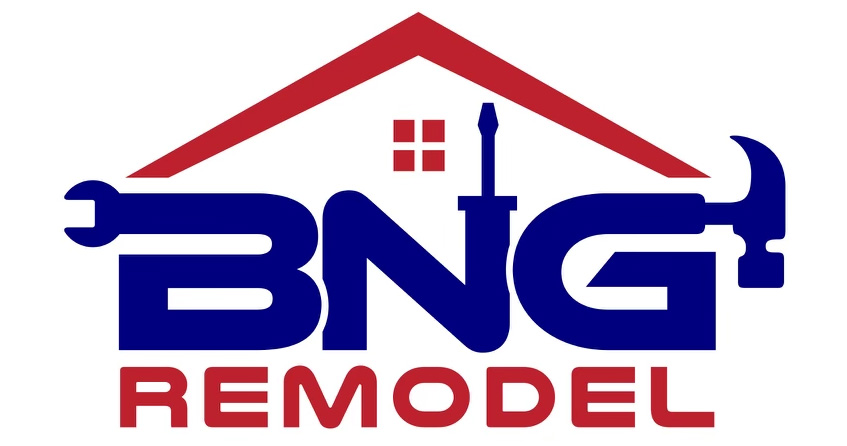Call Us Today For A Free Consultation: 615-525-8464


To remodel a bathroom successfully, start by setting a realistic budget that accounts for materials and labor costs. Next, carefully assess the space and layout, considering fixtures, natural light, and possible modifications. Select fixtures and materials that complement each other for a unified look, opting for water-resistant and visually appealing options. When choosing these elements, consider the users’ functional needs, integrating safety features and ample storage. Following these steps guarantees a well-planned bathroom renovation that meets your design preferences and practical requirements.
Determining a realistic budget when starting a bathroom remodeling project is an essential first step that requires thorough consideration of various factors, including materials, labor costs, and design preferences. Setting a budget helps guide the renovation process and ensures the project stays on track financially.
When creating a budget for a bathroom remodel, it is necessary to research the costs of materials such as tiles, fixtures, cabinetry, and countertops. Different materials come with varying price points, and choosing options that align with the design vision and the allocated budget is essential.
In addition to material costs, labor expenses must be factored into the budget. Hiring professionals for plumbing, electrical work, and installation can significantly impact the overall cost of the project. Obtaining multiple quotes from different contractors can help determine a realistic labor budget.
Lastly, design preferences are vital in budgeting for a bathroom remodel. Luxurious finishes and custom features can increase costs, while simpler designs may be more cost-effective. Balancing design aspirations with financial constraints is crucial in setting a practical budget for a successful bathroom renovation.
When beginning a bathroom remodeling project, a detailed examination of the existing space and layout is vital to ensure a well-informed approach to the renovation process. Evaluating the space involves measuring the bathroom dimensions accurately, including the length, width, and height. Understanding the layout entails identifying the current placement of fixtures, such as the sink, toilet, shower, and bathtub, and the location of doors, windows, and any existing plumbing connections.
During the evaluation phase, factors like natural light sources, ventilation options, and the overall flow of the space should be considered. Examining the space and layout also involves noting any structural constraints or opportunities for modifications, such as removing or adding walls, changing the location of plumbing fixtures, or expanding the overall footprint of the bathroom.
Thoughtful consideration of the fixtures and materials is vital for achieving a unified and visually pleasing design in bathroom remodeling projects. When choosing fixtures, such as faucets, showerheads, and lighting, it is essential to ensure they complement each other in style and finish. Opting for fixtures from the same collection can help establish a consistent look throughout the bathroom.
Materials play a significant role in the space’s visual appeal and functionality. For instance, selecting water-resistant materials like porcelain tiles or acrylic shower surrounds can improve durability and ease of maintenance. Furthermore, choosing materials in coordinating colors and textures can add depth and visual interest to the design.
Incorporating elements like natural stone, wood accents, or metallic finishes can give the bathroom a hint of luxury and elegance. Prioritizing quality when selecting fixtures and materials ensures longevity and a timeless aesthetic. You can create a beautiful and practical bathroom space by thoughtfully choosing fixtures and materials that harmonize with the overall design vision.
To ensure that the remodeled bathroom looks stunning and meets its users’ practical needs, a thoughtful examination of functional requirements is essential. When evaluating functional needs, assessing the daily habits and preferences of the individuals using the bathroom is crucial. For example, if the toilet is used by individuals with mobility issues, integrating features like grab bars, a walk-in shower, or a raised toilet can improve safety and accessibility.
In addition, storage space is a critical functional aspect to consider. Including ample storage solutions such as cabinets, shelves, or niches can help keep the bathroom organized and clutter-free. Moreover, sufficient lighting is indispensable for carrying out tasks like grooming and applying makeup efficiently.

Licensed, Bonded, Insured.